- Find Your College
- Scholarships
- Pay for College
-
Articles
- COLLEGES
- Most Recent
- Affordability & Cost
- College Search
- Comparisons
- College Majors & Minors
- Myths
- News & Trends
- Tips, Tools & Advice
- Admissions
- Most Recent
- ACT & SAT
- College Admissions
- College Applications
- Myths
- Online Colleges
- Questions & Answers
- About
- Home
- >
- Browse All Majors
- >
- Health Professions And Related Programs
- >
- Pharmacy, Pharmaceutical Sciences, and Administration
- >
- Medicinal and Pharmaceutical Chemistry
Medicinal and Pharmaceutical Chemistry
Select Type of Degree:
Select State:
|
#1
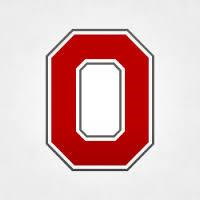
Ohio State University-Main Campus
|
|||||||||||
|
#2

Purdue University-Main Campus
|
|||||||||||
|
#3
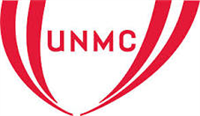
University of Nebraska Medical Center
|
|||||||||||
|
#4
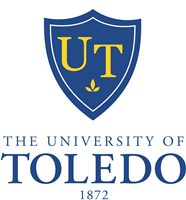
University of Toledo
|
|||||||||||
|
#5

University of California-San Francisco
|
|||||||||||
|
#6
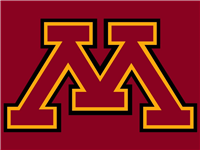
University of Minnesota Twin Cities
|
|||||||||||
|
#7

Northeastern University
|
|||||||||||
|
#8
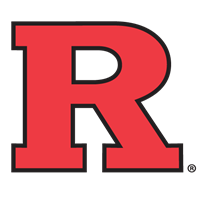
Rutgers University-New Brunswick
|
|||||||||||
|
#9

University at Buffalo
|
|||||||||||
|
#10

Duquesne University
|
|||||||||||
|
#11

University of Iowa
|
|||||||||||
|
#12

University of Washington-Seattle Campus
|
|||||||||||
|
#13
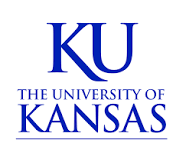
University of Kansas
|
|||||||||||
|
#14
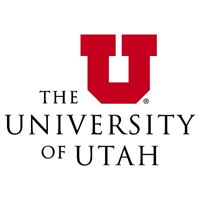
University of Utah
|
|||||||||||
|
#15

University of Colorado Denver/Anschutz Medical Campus
|
|||||||||||
|
#16

University of Illinois Chicago
|
|||||||||||
|
#17

The University of Montana
|
|||||||||||
|
*The estimated net prices above are College Raptor’s estimate. Please contact the college financial aid office for actual net cost figures.
|
|||||||||||
About Medicinal and Pharmaceutical Chemistry
A program that focuses on the application of chemistry to the study of biologically and clinically active substances, biological and pharmacological interactions, and the development of associated research methods, techniques, and clinical trial procedures. Includes instruction in organic chemistry, biochemistry, molecular graphics, rational drug design, toxicology, molecular biology, pharmacology, enzyme mechanisms, receptor theory, neurochemistry, drug metabolism, drug synthesis, biological mechanisms of drug action, research tools and techniques, and laboratory safety.
Of the 99 Medicinal and Pharmaceutical Chemistry degrees granted each year at the Doctors degree research scholarship level, men make up 54% percent and women make up 46% percent of the area of study. Did you know that Ohio has more students graduating with a degree in Medicinal and Pharmaceutical Chemistry than any other state? In fact, Ohio granted 20 degrees last year! The average starting salary for a graduate with a bachelor's degree in Medicinal and Pharmaceutical Chemistry is $38,300.
Careers
The highest paying job for Medicinal and Pharmaceutical Chemistry majors is Health Specialties Teachers, Postsecondary. But, another thing to consider is how much demand there is for certain careers. A position that is in high need that a degree in Medicinal and Pharmaceutical Chemistry can prepare you for is Health Specialties Teachers, Postsecondary.
Top Paying Careers
These are the highest paying careers for Medicinal and Pharmaceutical Chemistry majors.
Most In-Demand Careers
These are the careers in highest demand for Medicinal and Pharmaceutical Chemistry majors.
-
#3 Chemists
Student Demographics




Subscribe to Our Newsletter
Join thousands of students and parents learning about finding the right college, admissions secrets, scholarships, financial aid, and more.

College Raptor, Raptor, InsightFA, FinanceFirst, and “The Right College. The Best Price.” are registered trademarks of College Raptor, Inc.




